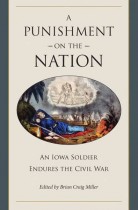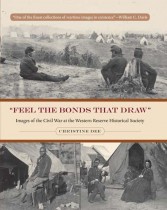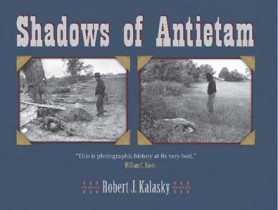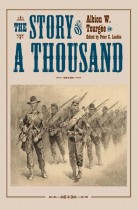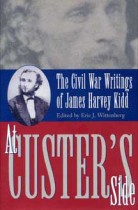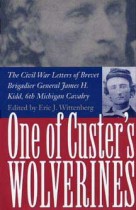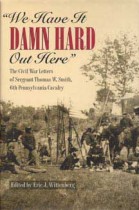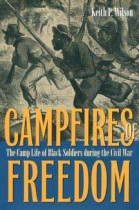Conflict & Command
John Hubbell | Filed under: Civil War Era, Civil War History Readers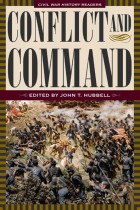
For more than fifty years the journal Civil War History has presented the best original scholarship in the study of America’s greatest struggle. The Kent State University Press is pleased to present a multivolume series reintroducing the most influential of the more than 500 articles published in the journal. From military command, strategy, and tactics, to political leadership, abolitionism, the draft, and women’s issues, from the war’s causes to its aftermath and Reconstruction, Civil War History has published pioneering and provocative analyses of the determining aspects of the Middle Period.

